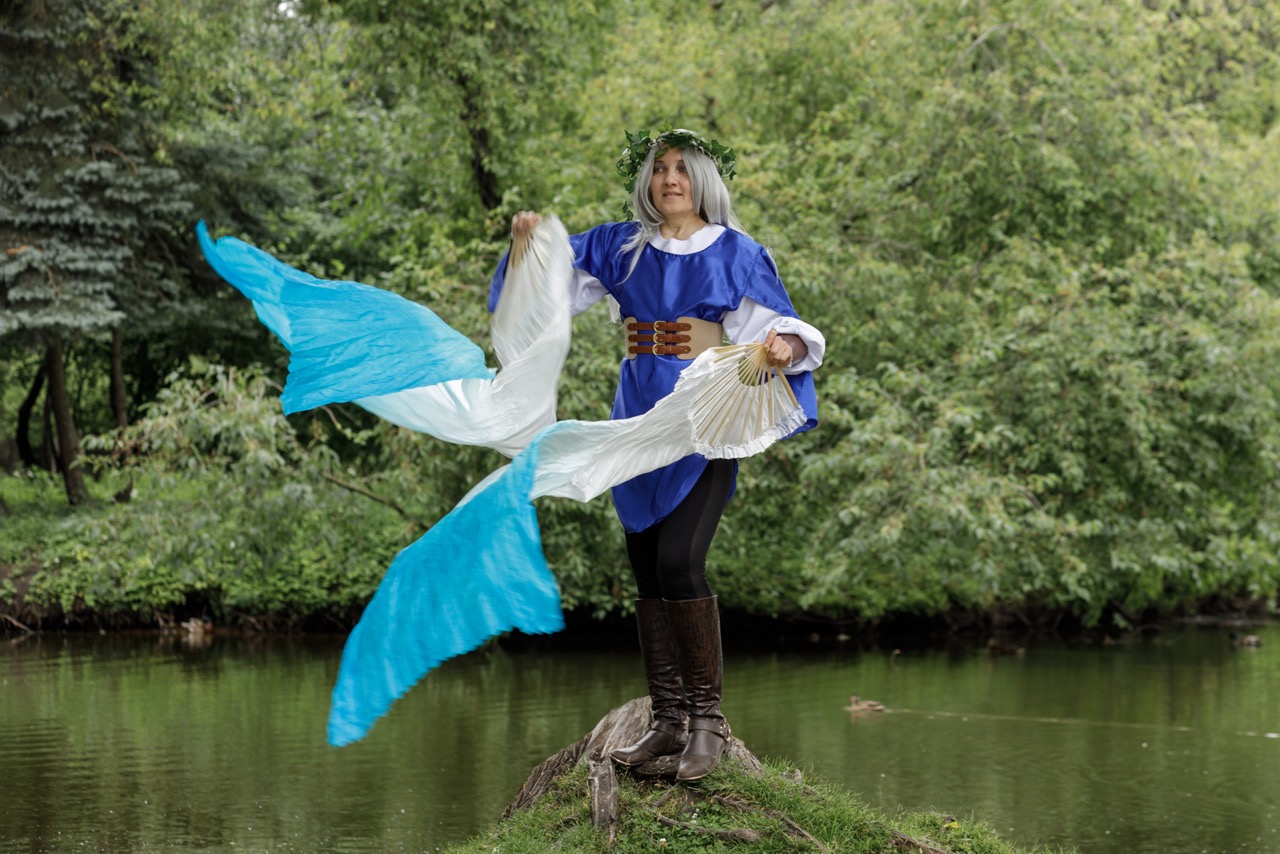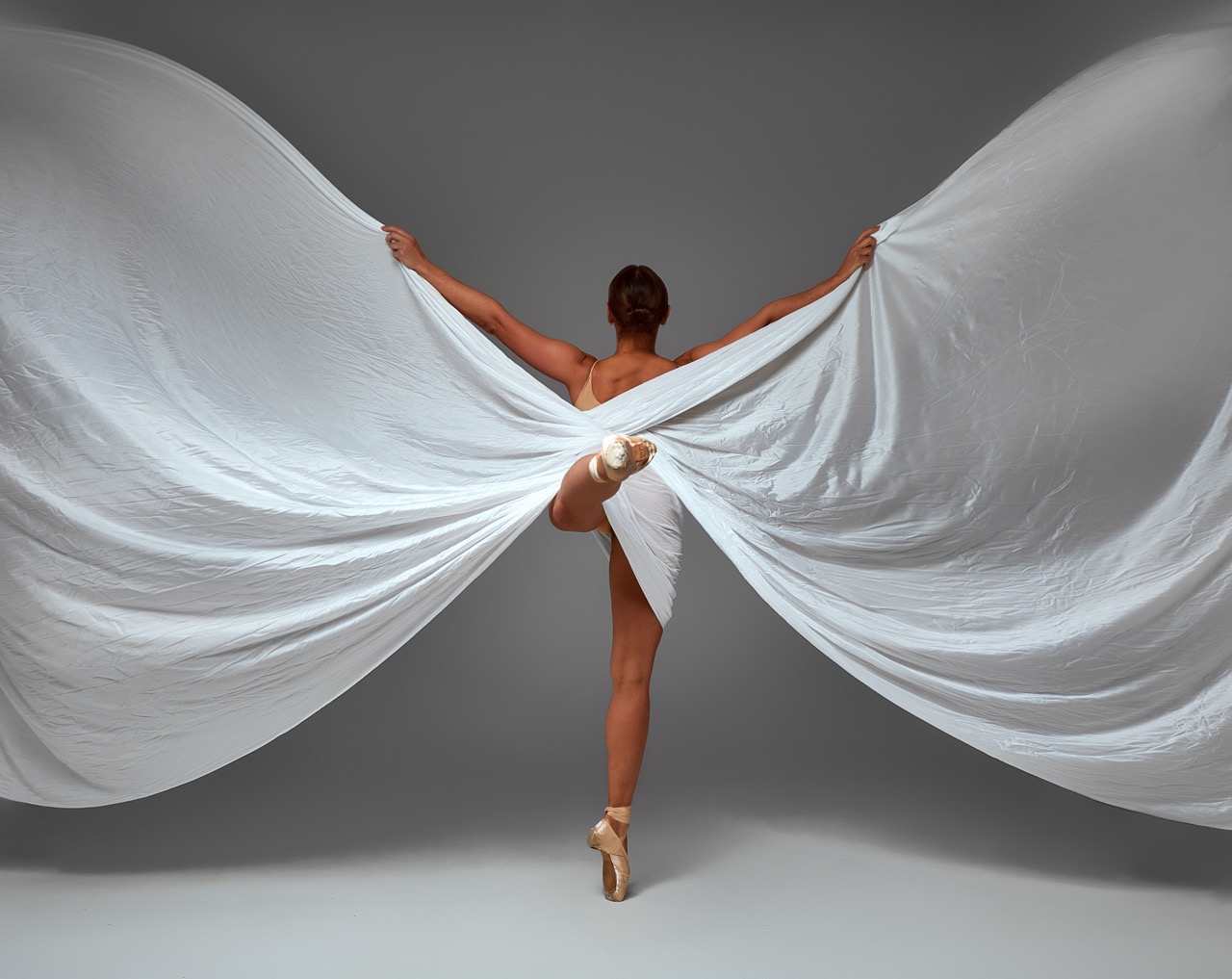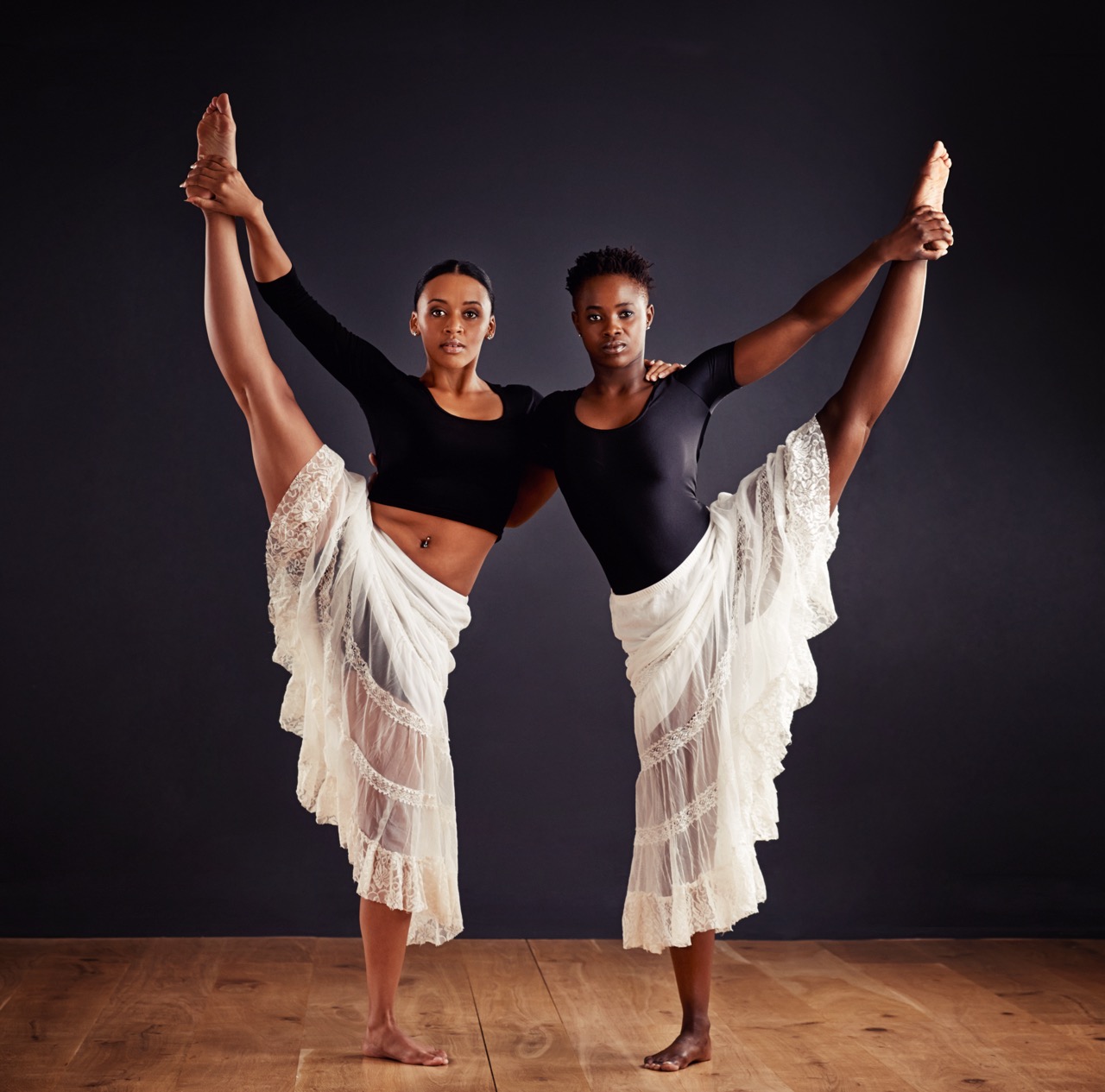Dance wings are not just costumes; they are an extension of a dancer’s expression, transforming movement into a visual spectacle. These elegant accessories can enhance performances, adding a layer of allure and drama. However, like any valuable artistic tool, they require proper care and maintenance to ensure longevity and vibrant presentation. In this article, we will explore how to care for and maintain your dance wings, ensuring they remain stunning and functional for every performance.
Unfolding the Beauty: Understanding Your Dance Wings
Dance wings come in various styles, materials, and colors, each designed to evoke a specific mood or aesthetic. Understanding the construction of your wings is essential for maintaining their beauty. Most dance wings are made from lightweight fabrics such as silk, chiffon, or polyester, often embellished with sequins or glitter. Knowing the type of material will help you select appropriate cleaning methods and storage solutions that won’t damage your wings.
Another aspect to consider is the size and shape of your wings. Some dancers prefer larger, more dramatic wings that can create sweeping movements, while others might opt for smaller, more subtle designs. Regardless of size, it’s crucial to handle them with care to avoid unnecessary strain on the fabric and frame. Familiarize yourself with the mechanism used to unfold and fold your wings, as improper handling can lead to early wear and tear.
Lastly, appreciate the artistry involved in the creation of your dance wings. Many are handcrafted, embodying unique designs that reflect the dancer’s personality or the theme of their performance. By recognizing the artistry behind your wings, you are more likely to treat them with the respect they deserve, ensuring they remain a source of inspiration and beauty in your dance journey.
Essential Cleaning Techniques for Stunning Performance
Regular cleaning is vital to keeping your dance wings in immaculate condition. After each performance or practice, gently shake the wings to remove any dust or debris. If your wings are made from delicate fabrics, consider using a soft brush or lint roller to avoid damaging the material. For more significant stains or dirt buildup, spot cleaning is recommended. Use a damp cloth with a mild detergent to gently dab the affected area and avoid harsh scrubbing.
When it comes to deep cleaning, always refer to the manufacturer’s guidelines. Some wings can be hand-washed in cold water, while others may require dry cleaning. If hand washing is an option, fill a bathtub or sink with cold water, add a gentle detergent, and submerge the wings, moving them gently to release dirt. Rinse thoroughly with cold water and lay them flat on a clean, dry towel to absorb excess moisture. Avoid wringing or twisting the fabric, as this can cause damage.
After cleaning, allow your wings to air dry away from direct sunlight or heat sources, which can fade colors and weaken the fabric fibers. Once completely dry, inspect them for any signs of wear or damage, making notes of any repairs needed. A little maintenance goes a long way in ensuring your wings look stunning during your performances.
Repairing Tears and Damage: Keeping Wings in Top Shape
Despite your best efforts, accidents can happen, and tears or damages may occur over time. The first step in repair is assessing the extent of the damage. For minor tears, you can use fabric glue or a needle and thread to reattach the fabric. Make sure to match the thread color to prevent any visible patches. When using fabric glue, apply a thin layer along the edges of the tear and hold them together until the glue sets, following the manufacturer’s instructions for drying time.
For larger damages, consider reinforcing the area with an additional piece of fabric. This technique not only covers the tear but can also add an artistic touch. Choose a fabric that complements your wings, and carefully sew or glue it over the damaged area. This method preserves the overall aesthetic while ensuring the structural integrity of your wings remains intact.
In cases where the damage is too extensive for a DIY repair, don’t hesitate to seek professional help. Many costume shops offer repair services specifically for dance attire. Investing in repairs by an expert will ensure your wings maintain their beauty and functionality for years to come. Regular inspections and timely repairs can greatly extend the life of your dance wings, allowing you to focus on your performance.
Storing and Transporting Your Dance Wings with Care
Proper storage is key to preserving the shape and integrity of your dance wings. Always store them in a cool, dry place away from direct sunlight, which can cause fading and deterioration. Consider hanging your wings on a padded hanger to maintain their shape and prevent creasing. If space is limited, you can also roll them gently in a soft fabric or garment bag, ensuring they are not folded in a way that creates sharp creases.
When transporting your wings, use a sturdy garment bag specifically designed for dance costumes. This provides protection from external elements and potential snagging on rough surfaces. Additionally, avoid placing other heavy items in the same bag that could crush or deform your wings. If your wings have a frame, ensure it is securely fastened to avoid any bending or breaking during transport.
Lastly, always double-check your wings before heading to a performance. Look for any signs of damage or wear that may have occurred during storage or transport. By taking a few extra minutes for inspection, you can ensure that your wings are performance-ready, maintaining their stunning appearance and your confidence as a dancer.
Caring for and maintaining your dance wings is essential to ensuring they remain a beautiful and functional part of your performance attire. By understanding the materials and construction, implementing effective cleaning techniques, repairing damage promptly, and storing them correctly, you can prolong the life of your wings and enhance your dance experience. Remember, these exquisite accessories are not just props but integral components of your artistry. Treat them well, and they’ll continue to elevate your performances for years to come.










